Author: Tian Hui
In the past, the appearance of a luxury car was conveyed through the use of gloss paint, carbon fiber, hot-formed steel, aluminum alloy, wood, and genuine leather–high-quality materials that could truly showcase the car’s luxury.
But now?
Luxury cars must also be high-tech, so where can we see the use of these “high-quality materials”?
The BMW iX, a technological flagship model of BMW, has done a great demonstration, showing us its future strong market competitiveness.
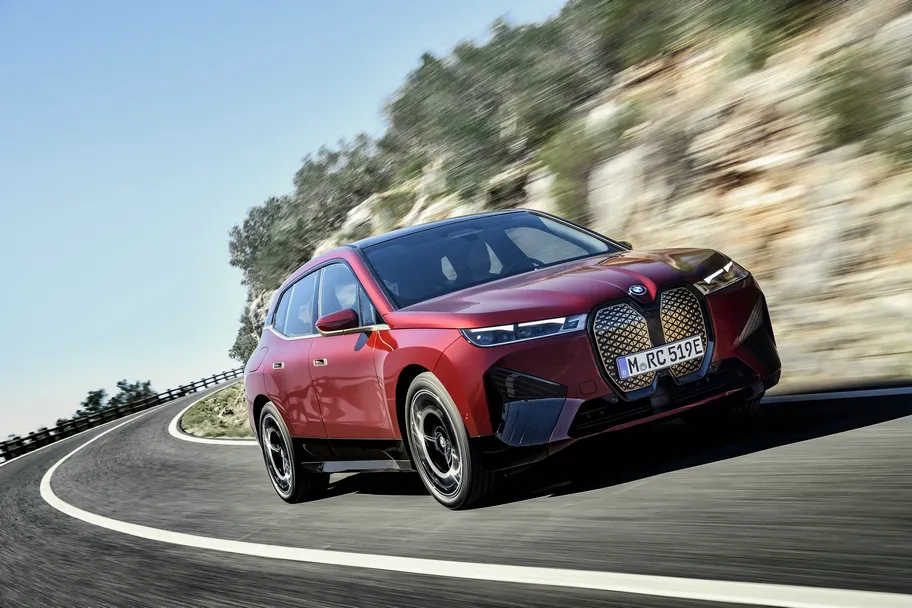
On August 17th, 2021 BMW Innovation Day introduced the underlying technology of the innovative BMW iX, a luxury car with intelligent network connectivity.
The innovative BMW iX adopts a new generation of electronic and electrical architecture, leading the way in the application of cutting-edge innovative technologies such as 5G T-BOX, eSIM card, and UWB ultra-wideband.
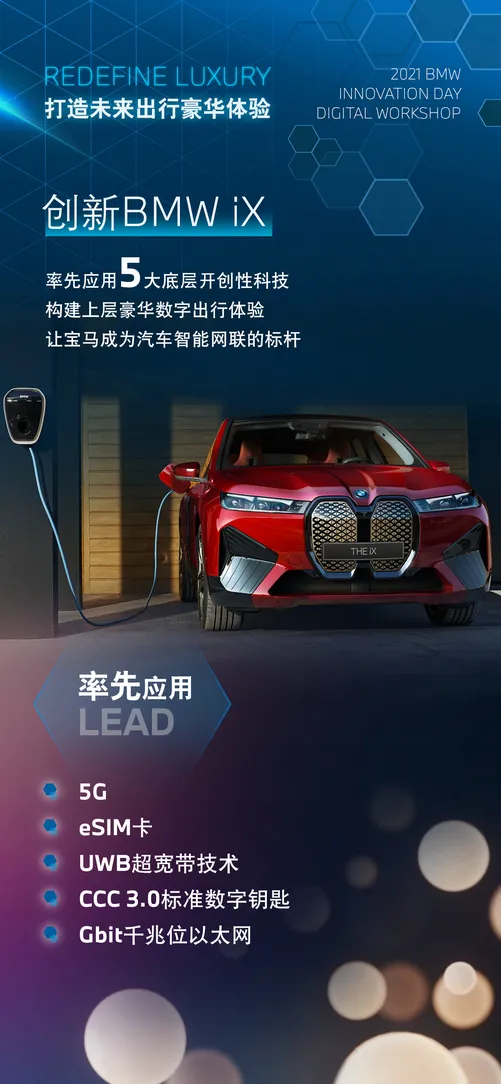
With such hardcore hardware as the foundation, the innovative BMW iX has intelligent network connectivity features that can challenge any opponent.
So, for the owner of the innovative BMW iX, what kind of digital experience will these underlying hardcore hardware and technology bring?
Gigabit Ethernet with more than 10 times the speed of automotive electronic communication
The car of the future must have autonomous driving capability.
However, in the pre-autonomous driving stage of the auxiliary driving phase, the data bus system of traditional cars has already been overwhelmed. It’s like a bunch of cars trying to squeeze into a narrow carriage road, crowded and unbearable.
The data volume generated by the millimeter-wave radar and high-definition camera installed in vehicles with L2-level auxiliary driving functions is several times that of traditional car components.
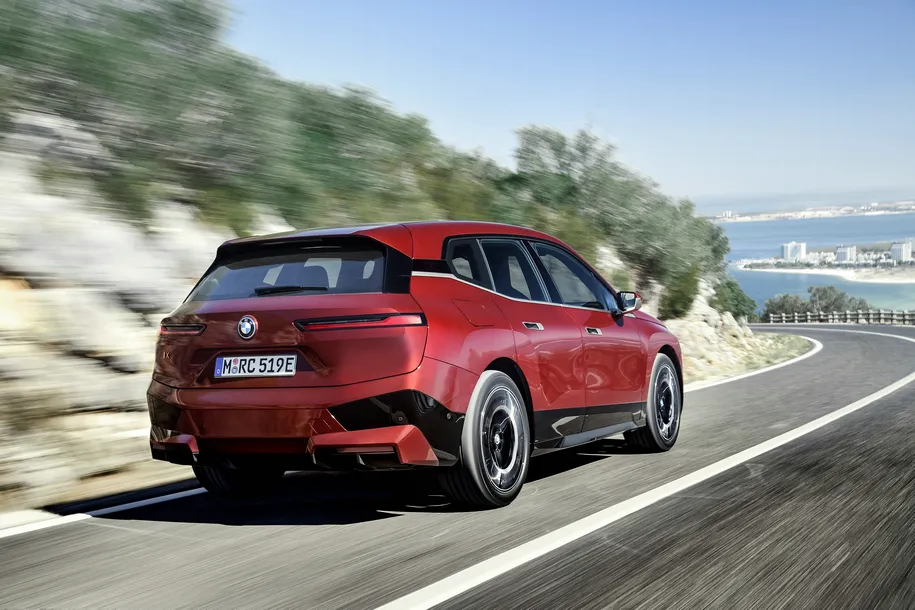
To address this, the innovative BMW iX employs a brand-new electronic and electrical architecture based on gigabit Ethernet.
Ethernet is the most widely used local area network technology in the world, originally used mainly in the IT industry for the transmission of network data between different electronic devices.
In the automotive industry, Ethernet technology has many advantages over traditional CAN bus technology. It allows for faster communication between various modules in a car, reduces the number of ECU controllers by 50 percent, and provides more extensive equipment expansion.Ethernet technology is considered an indispensable bus technology for future self-driving cars, and many new car makers have tried it.
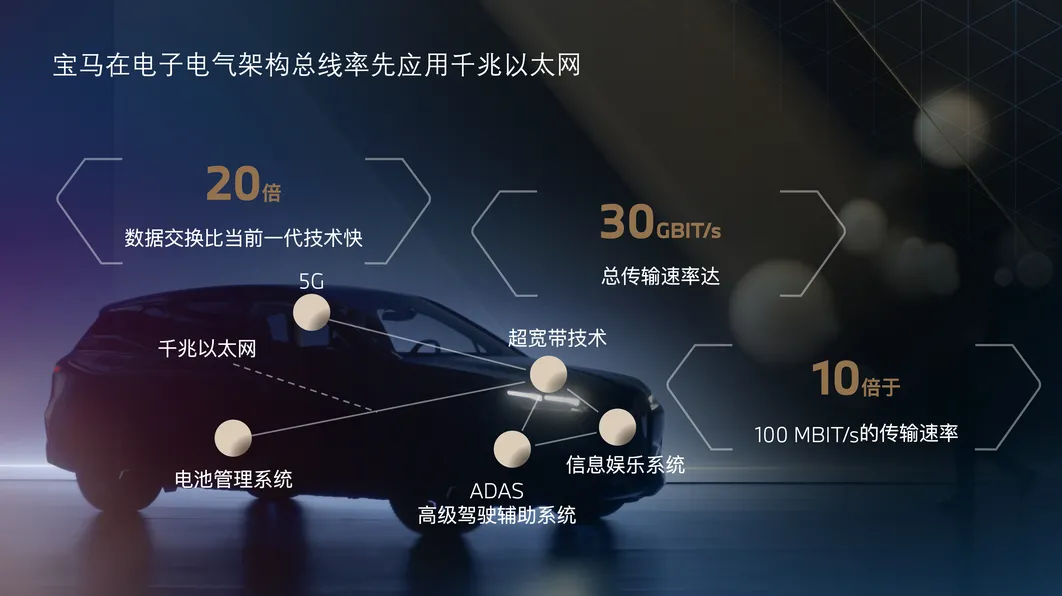
BMW iX has innovatively used Gigabit Ethernet technology, which is more superior than the one used by new car makers and has increased the transmission speed by 10 times.
Gigabit Ethernet is currently used in personal smart mobile terminals, super large service clusters, and even supercomputers. BMW is the first to apply this technology to cars, and the transmission and processing speed of assisted driving data will be exponentially increased.
Taking BMW iX as an example, the car is equipped with about 40 different sensors for various automation and driving assistance functions. The amount of data generated is 10-20 times that of currently produced BMW models, and 90% of the data is related to the assisted driving system.
After applying Gigabit Ethernet technology, the fastest transmission speed can reach 30 Gbit/s. The data from each assisted driving sensor can be transmitted to the assisted driving computing module with lower latency, thus improving the response speed of the assisted driving system from millisecond level to microsecond level, and greatly improving the usability of the driving assistance function.
At the same time, after applying the Gigabit Ethernet automotive bus, the electronic and electrical architecture of BMW iX tends to be modular, and the scalability of new accessories is also improved.
With the maturity of accessories related to autonomous driving such as LiDAR and 4D radar, a brand new electronic and electric architecture based on Gigabit Ethernet has the ability to realize rapid installation.
The world’s first 5G luxury car with high-speed mobile broadband for global markets
BMW iX is the world’s first luxury car to adopt 5G connectivity.
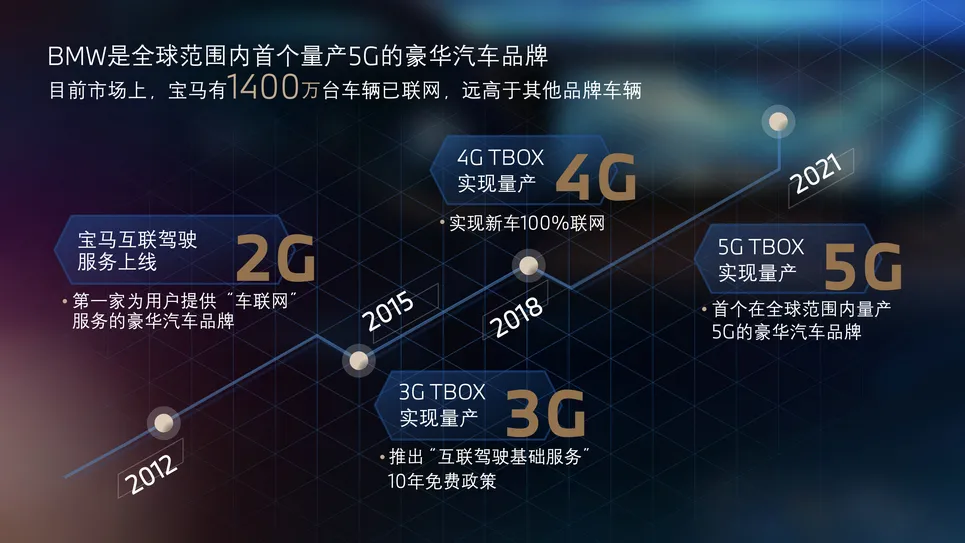
This is the fourth iteration upgrade of BMW iDrive in wireless communication technology standards over the past 20 years.
5G is not unfamiliar to Chinese consumers, as 5G phones have become the mainstream in the market. The fact that 5G is applied to smartphones proves that 5G is a better communication technology than 4G. However, from a technical perspective, 5G technology has a wider range of applications in cars than on smartphones.
When 5G is applied to smartphones, consumers only feel its speed. However, for cars, 5G not only provides speed, but also features low latency and physical connectivity.
Through 5G, BMW iX will expand the possibility of connecting the vehicle with the outside world, bringing significant improvements and innovations in entertainment, information, autonomous driving, and road safety.After adopting 5G technology, the communication between the innovative BMW iX and cloud services will become smoother, leading to substantial improvements in real-time traffic display, OTA upgrades, and in-car entertainment.
The future iDrive system may even support online streaming of 4K or even 8K high-definition videos and games, as well as augmented reality (AR) and virtual reality technologies on the 5G network.
The versatile 5G technology also opens up new possibilities for remote driving of vehicles. The BMW Group has become the first automaker to implement eSIM (embedded SIM card) technology in production vehicles.
eSIM is a permanent SIM card chip pre-installed in the car that allows users to choose an operator and download relevant configuration files to the vehicle via OTA. Compared to the traditional removable SIM card, eSIM is better suited for in-car use, as it is securely integrated into the car’s hardware and less susceptible to temperature, humidity, corrosion, or vibrations that can affect performance and reliability.
eSIM also enables more cost-effective network usage among multiple operators, and supports encryption to protect user privacy and safety when communicating with vehicles or cloud services. By combining 5G and eSIM, BMW has taken the lead in network updates for automobiles, surpassing many other emerging automakers who have faced supply chain chip restrictions, and making the BMW iX the world’s first mass-produced 5G vehicle.
In addition to 5G and eSIM technology, BMW has also pioneered in-car digital locking solutions with its UWB (Ultra-Wideband) digital key plus system that utilizes UWB technology. The BMW iX can now be unlocked automatically without the user needing to take out their smartphone. UWB technology, which originated in the 1960s, was standardized by the IEEE (Institute of Electrical and Electronics Engineers) and has now evolved into the IEEE 802.15.4a/z technology standard, providing a precise and secure method for short-range wireless communication.UWB (Ultra-Wideband) technology has better anti-interference ability than Bluetooth and WiFi communication technologies, and has unparalleled advantages in terms of location accuracy and security. By adopting UWB technology, BMW iX has further bridged the gap between cars and smartphones.
In digitizing the interaction between drivers and vehicles, UWB technology is an important component. Innovative BMW iX allows users to unlock and start the car safely without having to pull out their phones, while providing a more ceremonial identity recognition experience.
Although the NFC or Bluetooth key solution used by emerging automakers is also feasible, the security is poor. The NFC key is easy to crack and copy, while the Bluetooth key is vulnerable to middleman attacks. UWB technology, on the other hand, does not have these security risks.
At the same time, UWB technology has more accurate positioning capabilities, so car users do not need to worry about standing by the car door and waiting for the phone to connect to the car to unlock the vehicle. Similarly, there is no need to worry about the security risks of locking the vehicle after leaving it far away.
After adopting UWB technology, BMW Digital Key Plus will be open to smartphones that support the CCC3.0 protocol. The feature will be available on iPhones as well as other smartphones that support the CCC3.0 protocol in the future. CCC3.0 is a digital key specification released by the Connected Car Networking Alliance, and innovative BMW iX is the first model to use this specification.
Digitization Still Requires Real Substance for BMW
Beyond electric vehicles, BMW presents to the industry and consumers a smart travel terminal with powerful networking capabilities in the innovative BMW iX.
The launch of the innovative BMW iX allows new automotive forces to see the strength of traditional luxury brands in creating digital cars.
In the development of smart travel terminals, cars will inevitably be endowed with more capabilities beyond travel tools, having hardware configurations as rich as smart mobile terminals.
After the launch of the innovative BMW iX, BMW has added many firsts to itself, the first world premiere of 5G cars, and the first luxury brand to use a gigabit Ethernet electronic electrical architecture. BMW understands that in order to provide a highly intelligent travel experience, there must be underlying hardware as the foundation; otherwise it’s just talk.
BMW is accelerating its digitization while still maintaining driving pleasure. Innovative BMW iX has taken the lead in the luxury car market and has led the development direction of smart travel terminals.
This article is a translation by ChatGPT of a Chinese report from 42HOW. If you have any questions about it, please email bd@42how.com.